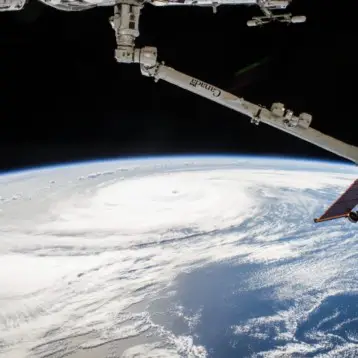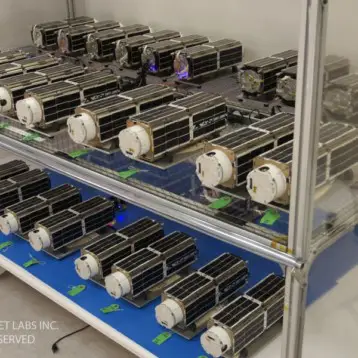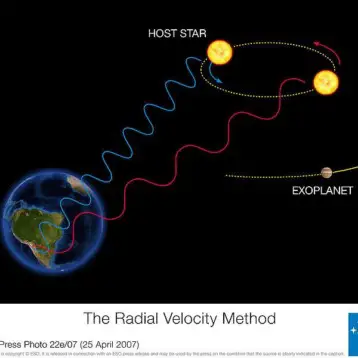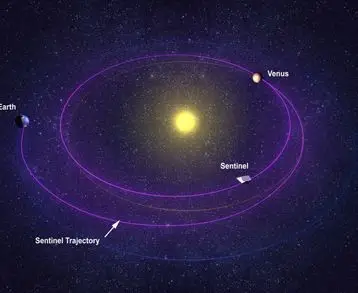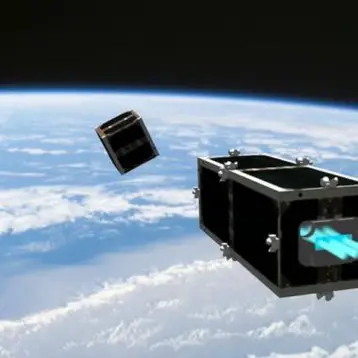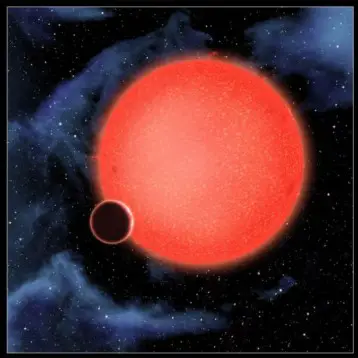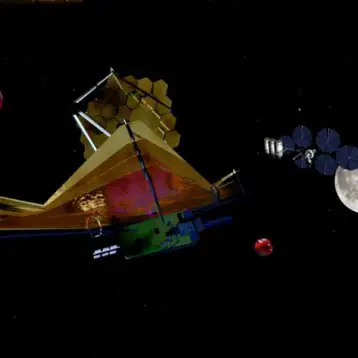|
For more than 400 years astronomers have studied the sun from afar. Now NASA has decided to go there. “We are going to visit a living, breathing star for the first time,” says program scientist Lika Guhathakurta of NASA headquarters. Currently, the probe is still in its early design phase, called “pre-phase A.” Although it is a very initial phase, Guhathakurta describes a very excited team, explaining that “This is an unexplored region of the solar system and the possibilities for discovery are off the charts.”
Johns Hopkins’ Applied Physics Lab (APL) will design and build the spacecraft for NASA. The name of the probe is derived from its predecessor the Solar Probe, designed in 2005. Besides the early model, APL had other experiences with probes sent toward the sun. APL’s MESSENGER spacecraft completed its first flyby of the planet Mercury in January 2008 and many of the same heat-resistant technologies will fortify the new Solar Probe Plus.
The closest the Solar Probe Plus will get is 9 solar radii (7 million km) from the sun, where it appears 23 times wider than it does in the skies of earth. There, the spacecraft’s carbon-composite heat shield must withstand temperatures greater than 1,400 Celsius degrees and survive blasts of radiation at levels not experienced by any previous spacecraft. Naturally, the probe is solar powered. The electricity is retrieved via liquid-cooled solar panels; when the sunlight becomes too intense they will be retracted behind the heat-shield.
There are two major issues this mission is concerned with. The first is the high temperature of the sun’s outer atmosphere, the corona: it registers more than a million degrees Celsius, hundreds of times hotter than the star below. Although it contradicts common sense, several measures made in the past confirm this data. This abnormality is a subject to research for more than 60 years – since the first measurement.
|
The second mystery is the puzzling acceleration of the solar wind. The sun spews a hot, million mph wind of charged particles throughout the solar system; planets, comets, and asteroids all feel it. However, there is no organized wind close to the sun’s surface. Somewhere in between, some unknown agent gives the solar wind its great velocity. The question is what?
“To solve these mysteries, Solar Probe+ will actually enter the corona,” says Guhathakurta. “That’s where the action is.” The payload consists mainly of instruments designed to sense the environment right around the spacecraft, such as a magnetometer, a plasma wave sensor, a dust detector, electron and ion analyzers, and so on. “In-situ measurements will tell us what we need to know to unravel the physics of coronal heating and solar wind acceleration,” she says.
Solar Probe Plus’ lone remote sensing instrument is the Hemispheric Imager (HI), a telescope that will make 3D images of the sun’s corona, in a similar manner to medical CAT scans. The technique, called coronal tomography, is a fundamentally new approach to solar imaging and is only possible because the photography is performed from a moving platform close to the sun, flying through coronal clouds and streamers and imaging them as it flies by and through them.
The researchers plan to launch the probe in May 2015, when the Solar Probe Plus will begin its prime mission near the end of Solar Cycle 24 and if predictions are correct, during Solar Cycle 25 in 2022 it will finish its mission. This would allow the spacecraft to sample the corona and solar wind at many different phases of the solar cycle. Moreover, it also guarantees that Solar Probe Plus will experience a good number of solar storms. While perilous, this is according to plan: researchers suspect that many of the most dangerous particles produced by solar storms are energized in the corona, just where Solar Probe Plus will be. If lucky, the probe may be able to observe the process in action and show researchers how to forecast Solar Energetic Particle (SEP) events that threaten the health and safety of astronauts.
The repeated plunges into the corona will be accomplished by means of Venus flybys. In total, the spacecraft will swing by Venus seven times in six years in order to bend the probe’s trajectory deeper and deeper into the sun’s atmosphere. Although Venus is not the mission’s primary target, astronomers may learn new things about the planet thanks to the proximity the heavily-instrumented probe would accomplish. “Solar Probe Plus is an extraordinary mission of exploration, discovery and deep understanding,” says Guhathakurta. “We can’t wait to get started.”
TFOT has also covered the brightest flare ever seen from a normal star, observed by NASA’s Swift satellite, and the recent NASA analysis of Mercury, which shows that Mercury’s volcanoes were involved in plain formation and suggest that its magnetic field is actively produced in the planet’s core. Another related TFOT story reports that dark matter density in the solar system is enhanced by three to five orders of magnitude compared to the galactic halo dark matter density.



